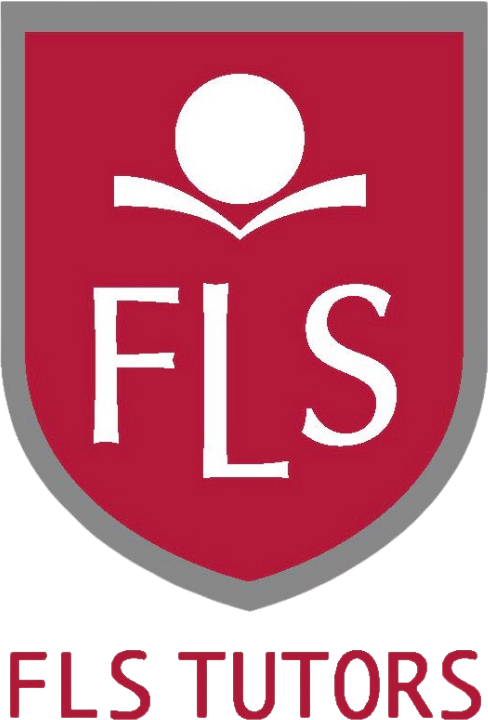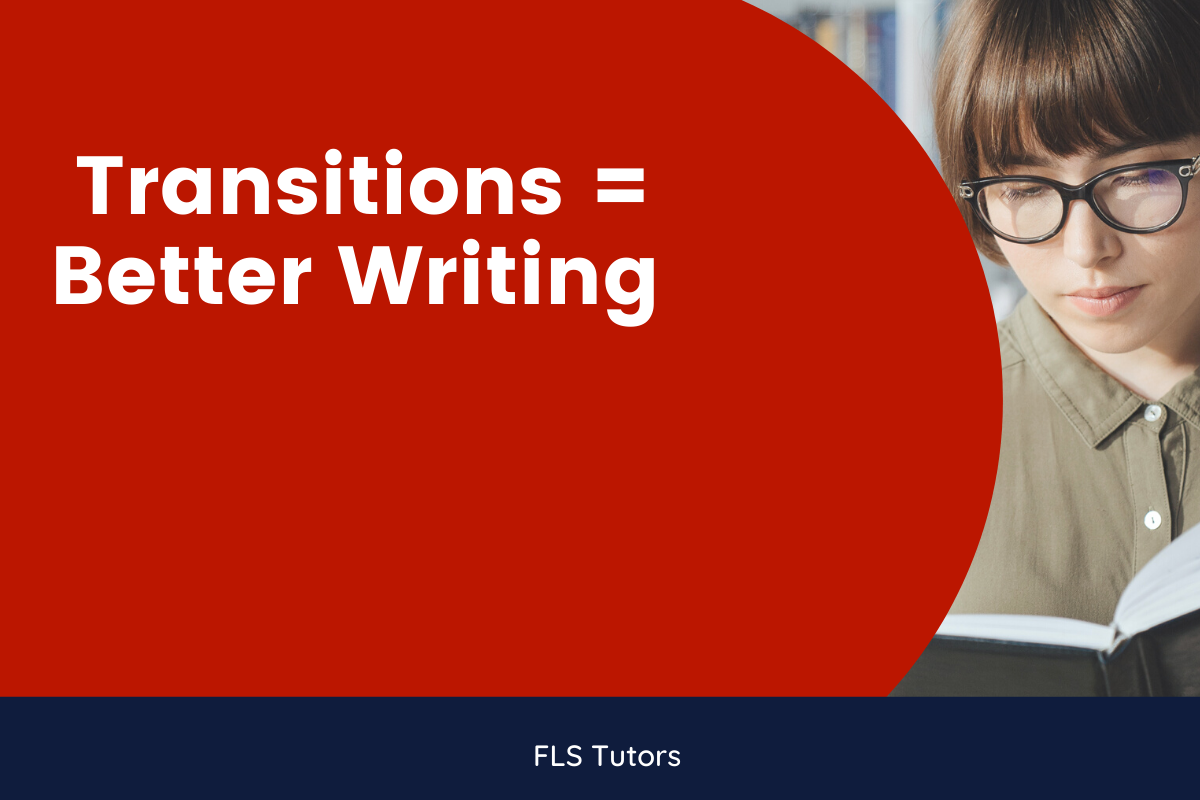Do you struggle with how to start new paragraphs when you’re writing? As a general rule and to make things much easier, most paragraphs will begin with a transition. These words and phrases help show the relationship between the ideas you’re presenting. This way, the reader can follow your thoughts more easily. On the other hand, without transitions, your writing will be difficult to read and risks coming off like a scattered collection of ideas. So let’s take a look at how to improve your writing by starting them with transitions.
We’ll begin with what makes a paragraph and some things to consider when putting them together.
Organization
Determining an outline of the ideas you’ll present in your paper can save you time writing and will also let you consider how the ideas relate to each other and the topic of the paper. This also helps you choose what kind of transitions to use. Take a look at the example below to see what we mean.
Example Outline:
Thesis: Every student should take an art class.
Paragraph 1: To begin with, art classes are important for understanding history.
Detail : For example,…
P2: Moreover, if everyone takes art classes, then we can produce better entertainment.
Detail: As a result,
Conclusion: In summary, …..
What is a paragraph?
A paragraph is a section of writing that presents one single topic. It is usually made up of more than one sentence and begins on a new line with a transition. Put simply, well-written paragraphs begin with a topic sentence, several detail sentences on that topic and a closing sentence. To provide a bit more detail, well-written paragraphs have logical and verbal bridges as defined below.
Logical bridges
The same idea carries over from sentence to sentence.
Verbal bridges
- Key words can be repeated in several sentences
- Synonymous words can be repeated in several sentences
- Pronouns can refer to nouns in previous sentences
- Transition words can be used to link ideas from different sentences
When do you start a new paragraph?
There are three basic times in which you’ll want to start a new paragraph.
- Introducing a new idea.
- Beginning the introduction or conclusion.
- Giving your reader a break.
Topic Sentences
Topic sentences define what a paragraph is about and are composed of three parts.
Transition + topic + the central point of your paragraph
Example of a topic sentence
“However, homework does have its drawbacks.”
In this topic sentence, the transition “however” shows it contrasts with previous information. We can tell we’re talking about “homework” and being presented with the central point of “drawbacks”
How do you choose what kind of transition to use?
Like we said before, this will depend on the relationship between the previous paragraph and the paragraph you’re starting.
Here are three questions you can ask yourself to choose the correct transition:
Am I starting a paragraph that presents similar information to the one before?
Am I starting a paragraph that presents contrasting information which is in opposition to the one before?
Am I starting a paragraph that highlights the consequences of the previous paragraph’s information?
Example Transitions
This isn’t a complete list, but the most common ones you’ll see.
New idea/ Agreement
These transitions can be used to open a paragraph that covers another similar idea.
To begin
To start
In addition
Additionally
Moreover
Furthermore
Next
Similarly
First, second, third,
On the same token
Contradiction/Opposition
These are words and phrases when you are beginning a paragraph that contrasts with previous paragraphs or at least presents alternatives.
However
On the contrary
In contrast
On the other hand
Nonetheless
Nevertheless
Regardless
In spite of ________
Be that as it may
Consequence
If you’re opening a new paragraph that builds off of the previous paragraph by showing a cause and effect relationship, you might use some of the phrases below that as part of an “adverb clause” (adverb clauses are phrases that like adverbs answer: how, when, where and to what extent)
As a result of ___________,
As a consequence of_________,
With this in mind,___________
EXAMPLE
“As a result of the previously mentioned improvement in scores, teachers are considering whether to make assignments and tests more difficult.”
Conclusions
These transitions help you to signal that you’re closing out your paper. Keep in mind that conclusion paragraphs summarize or restate your thesis.
In conclusion
To conclude
In summary
To sum up
In short
On the whole
Altogether
Wrap up
With this in mind, you have all of the parts you need to easily plan and start new paragraphs. Need help taking your writing to the next level? Contact us today for a free consultation. Have a friend who needs help too? Ask about group learning!
This blog originally appeared on our sister site. FLS Online.

